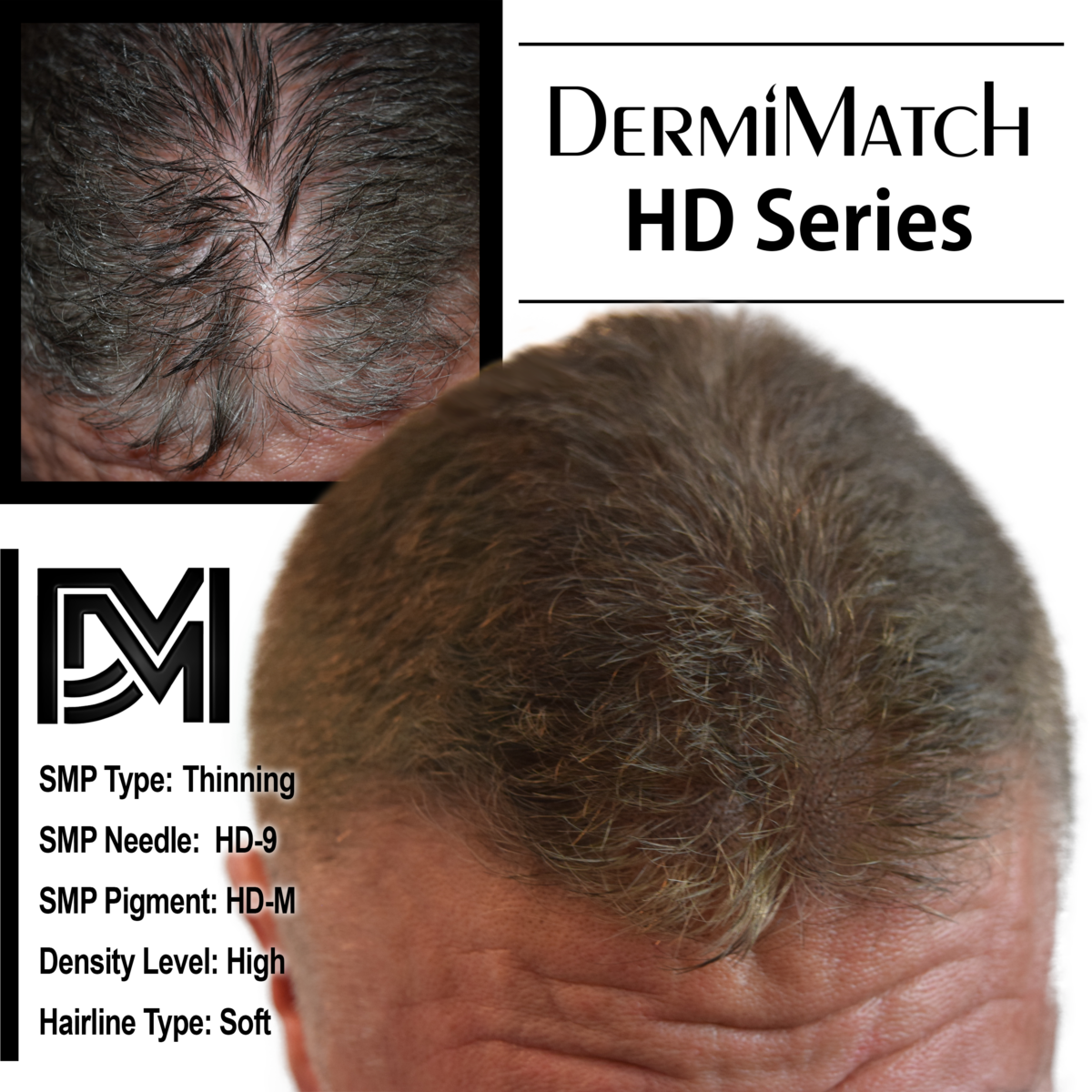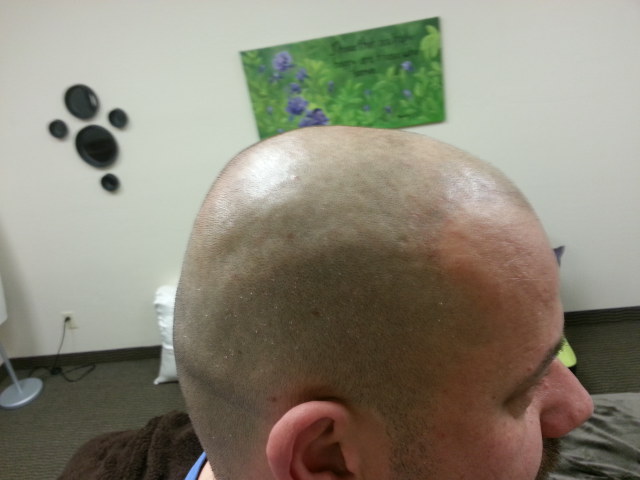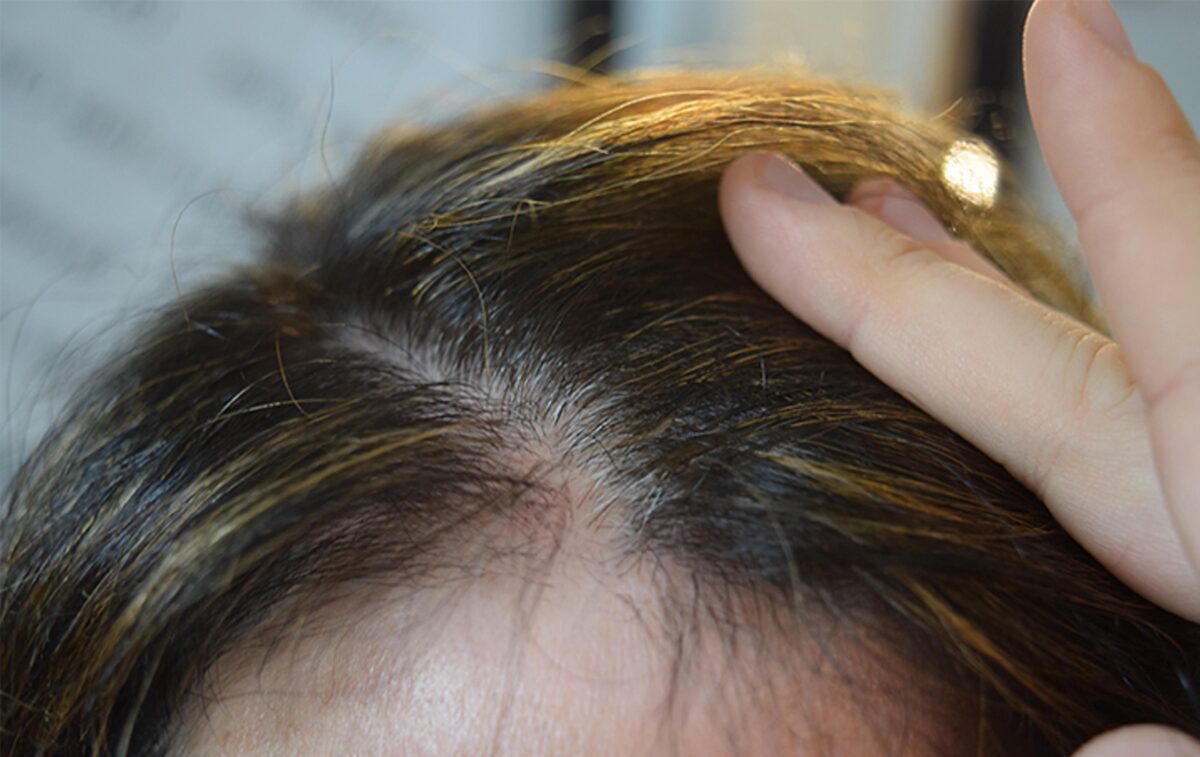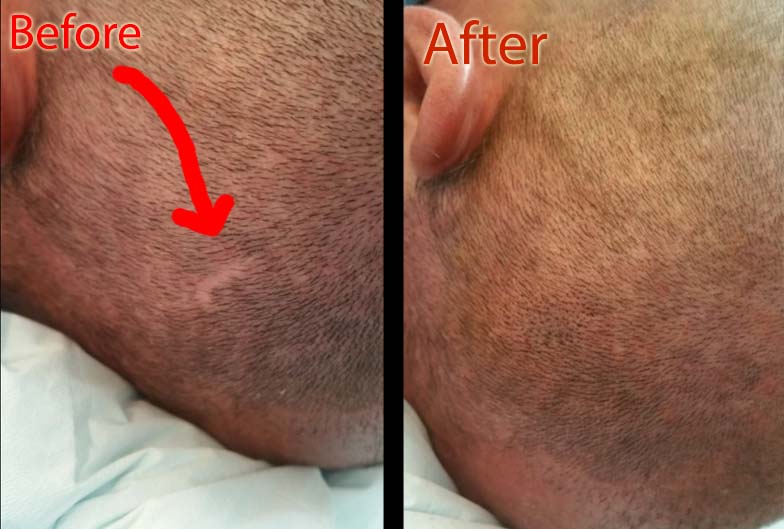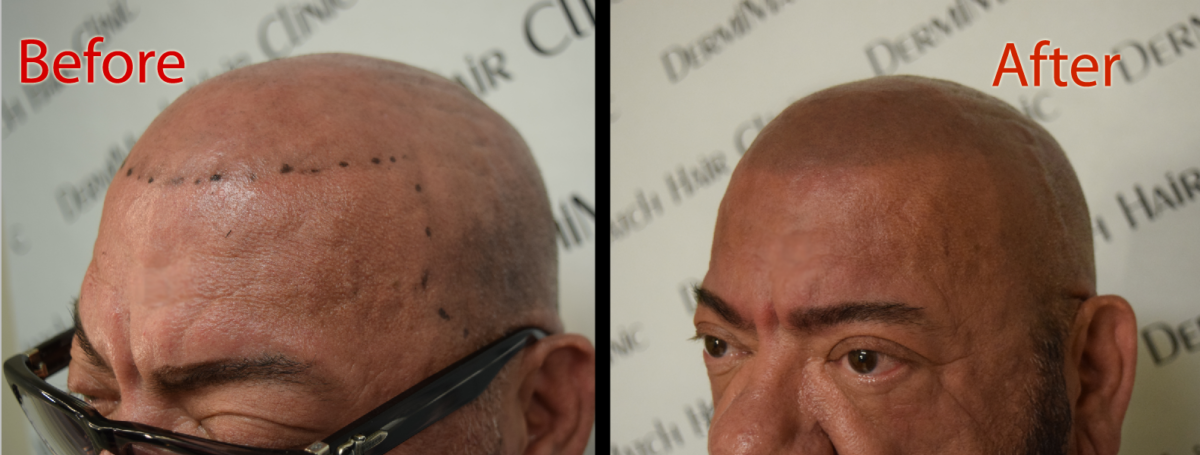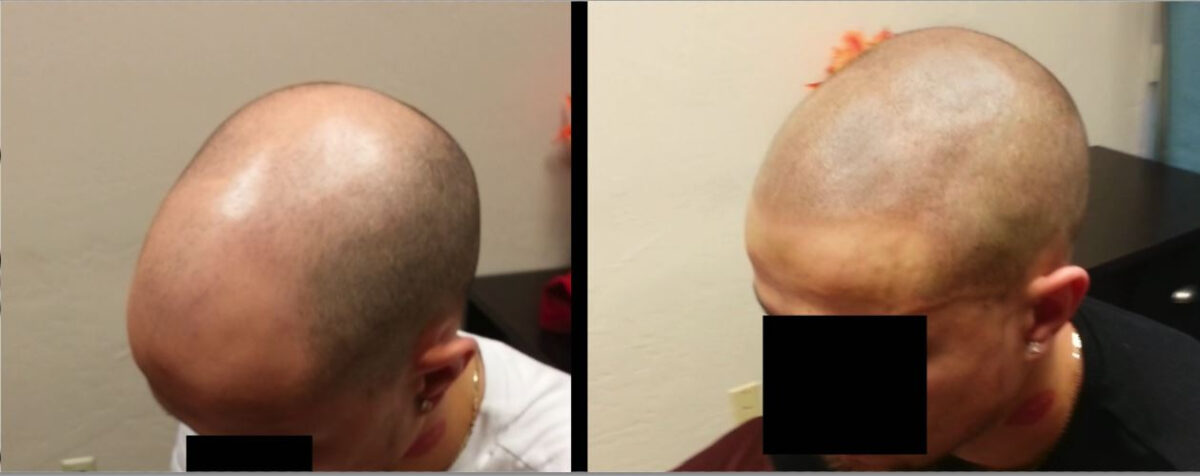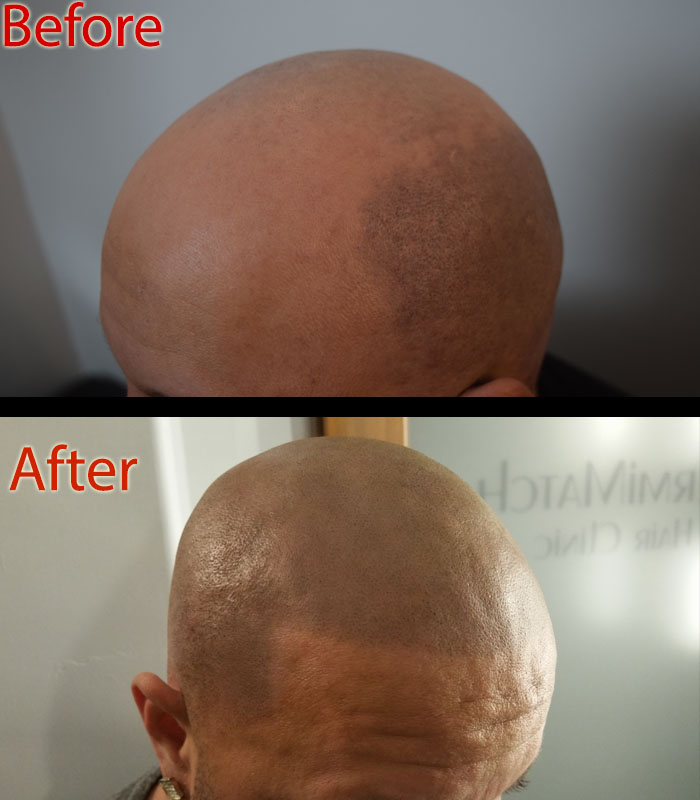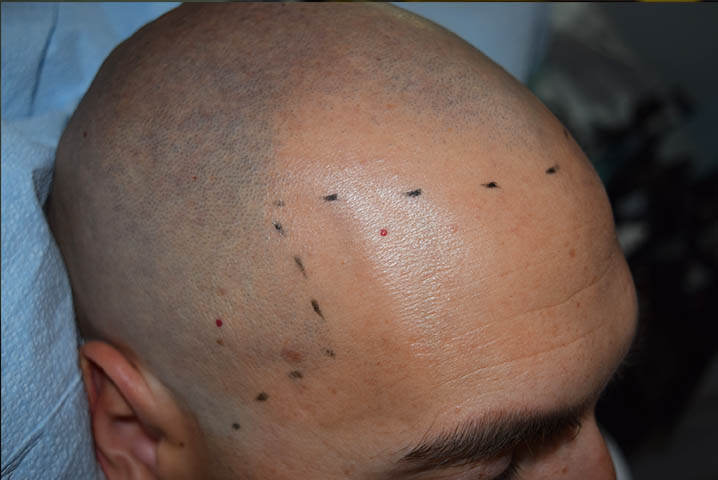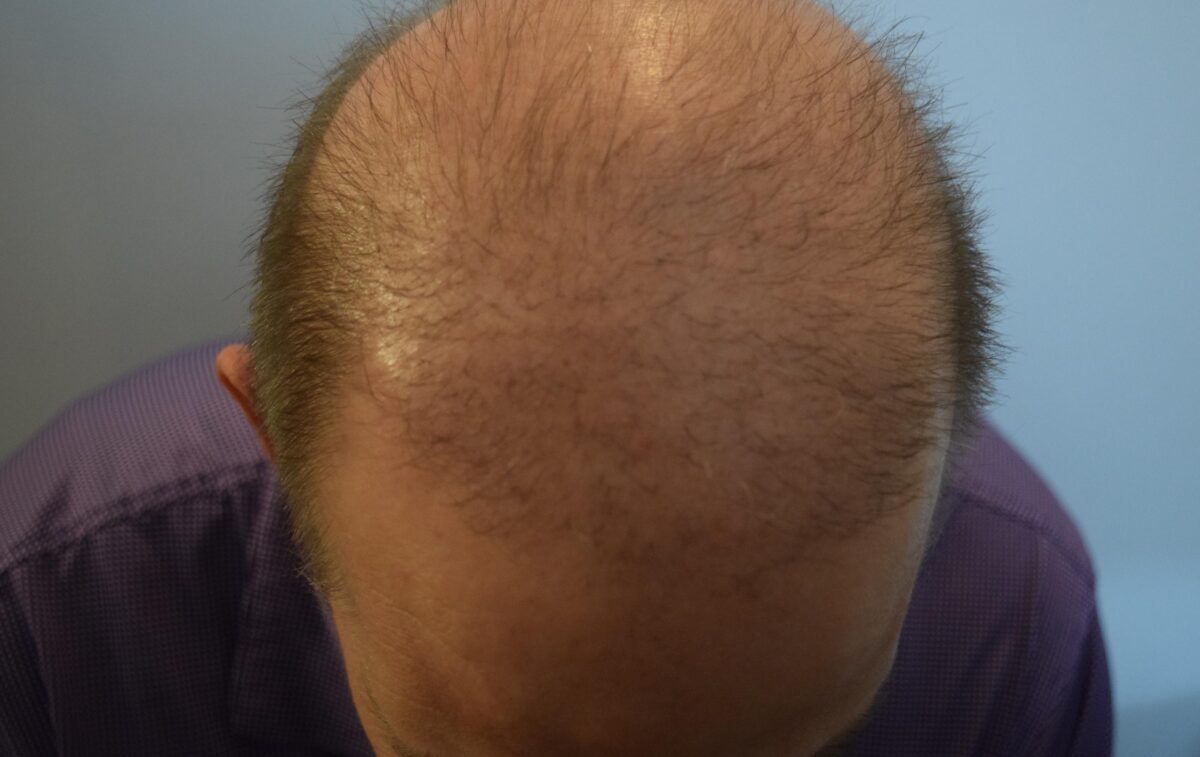Hair loss can bring about a lot of unwanted stress. The sight of hair shedding can add to your stress and frustration. On top of it, you are always wondering if hair loss is reversible. Can hair grow normally once again? Well, the answer is yes and no. Some forms of hair loss might be reversed but that’s not the case always. In order to find whether hair loss is reversible, you ought to find the root cause of the problem.
Hair Loss is Reversible
Hair loss happens due to different factors. It could be the result of stress, hormonal problems, medications, or a medical problem. Environmental pollution might also cause hair shedding.
Types of hair loss
ALOPECIA AREATA
Alopecia Areata is a type of autoimmune condition in which your own immune system attacks hair follicles, causing scattered round patches of baldness.
TELOGEN EFFLUVIUM
In this stage, normal hair has reached the end of its growth cycle and is ready to fall as soon as new hair begins to replace the weakened hair. During this cycle, a number of follicles suddenly shift to the resting phase. As a result, a huge number of hair strands will fall all at once. This could be due to a physical or emotional shock, such as extreme dieting, pregnancy, job loss, death in the family, and illness.
Telogen effluvium is reversible in some cases.
TRICHOTILLOMANIA
Also known as hair-pulling disorder, Trichotillomania is the result of a medical condition obsessive compulsive disorder. As a result, the person starts to twist, tug, or pull their hair, resulting in bald patches. Treatment of anxiety might help the affected individual overcome their problem of hair pulling. This type of hair loss is reversible as long as hair follicles are not damaged.
What type of hair loss is not reversible?
Not all type of hair loss is reversible, especially if the hair follicles are damaged by illness, age, and trauma, it cannot be reversed. The reason is simple hair grows from follicles, and here follicles are no longer capable of growing hair. Hereditary hair loss is also not reversible. This includes female and male pattern baldness.
Is Hair Loss Reversible?
Anyone with no or little hair cannot reverse their hair loss. If you start noticing an increase in fallen hair on your pillowcases or on the floor, in the shower, or just about everywhere, you are experiencing severe hair shedding. Now is the time to address the problem and find the root cause so you can overcome the issue of hair loss. this will also help you find if hair loss is reversible in your case.
Even if it is not reversible, there is still hope. You don’t have to go under the knife to restore your self-esteem. Scalp micropigmentation can easily help you hide those scalp problems. By consulting your hair loss problem with a trusted SMP practitioner, you can find an easy way out. The goal is to find the best Phoenix SMP technician, who understands scalp micropigmentation and human scalp anatomy and can help you find the best solution. Get in touch with the best scalp artists in Pheonix at DermiMatch Clinic.

